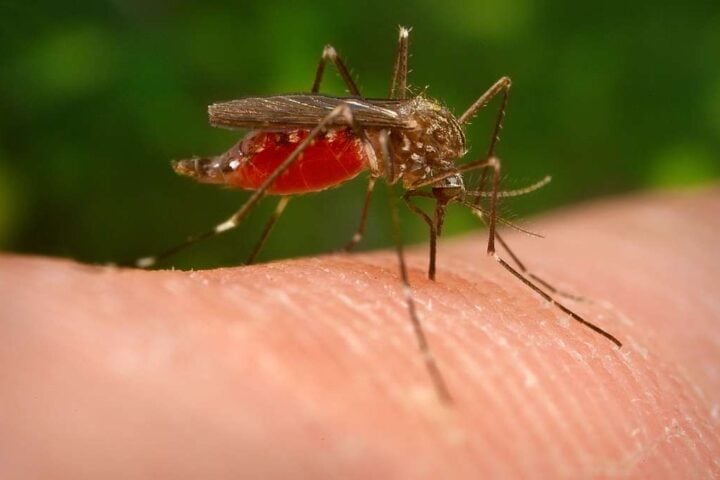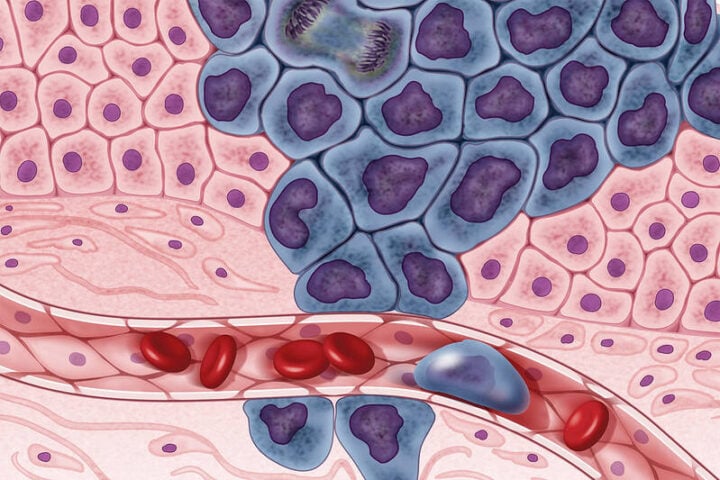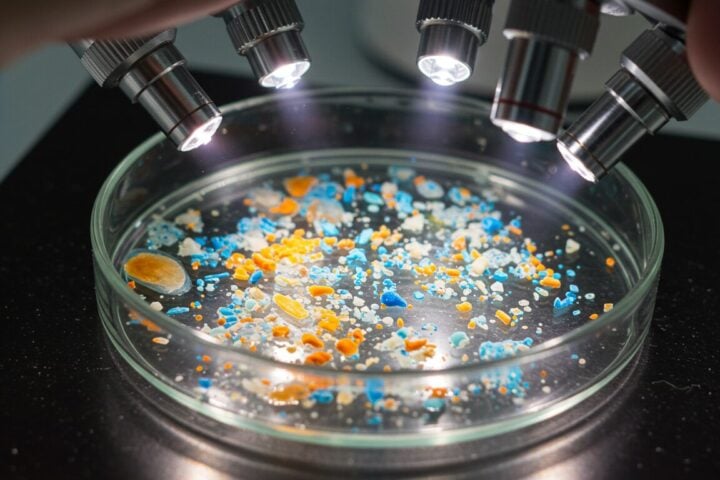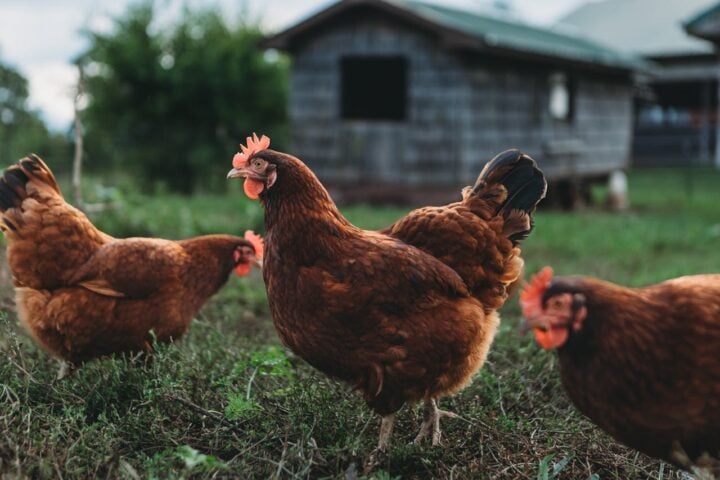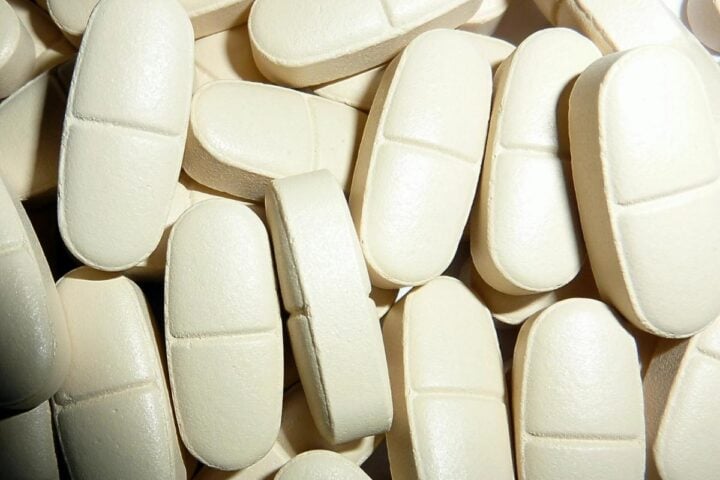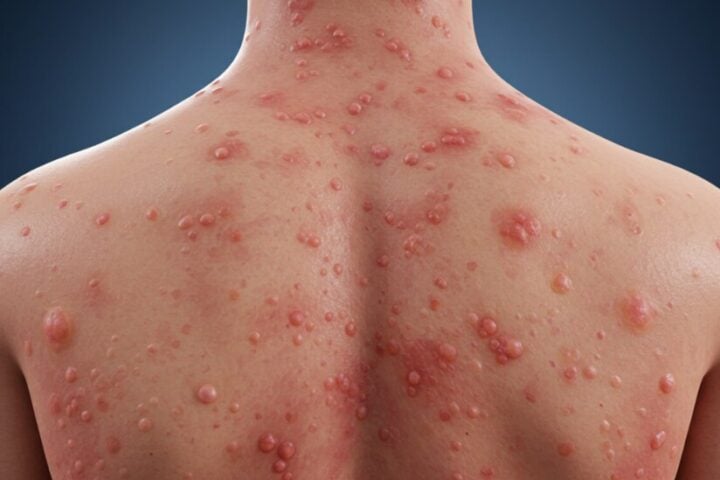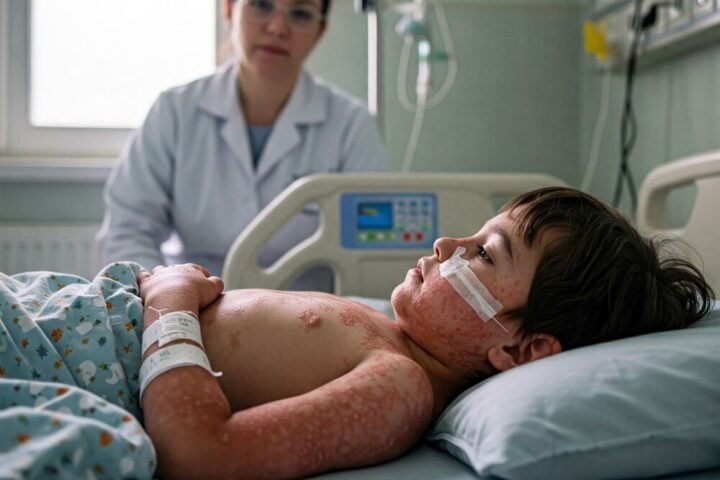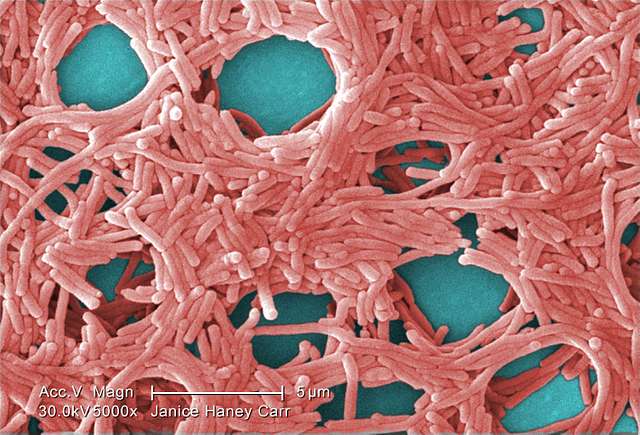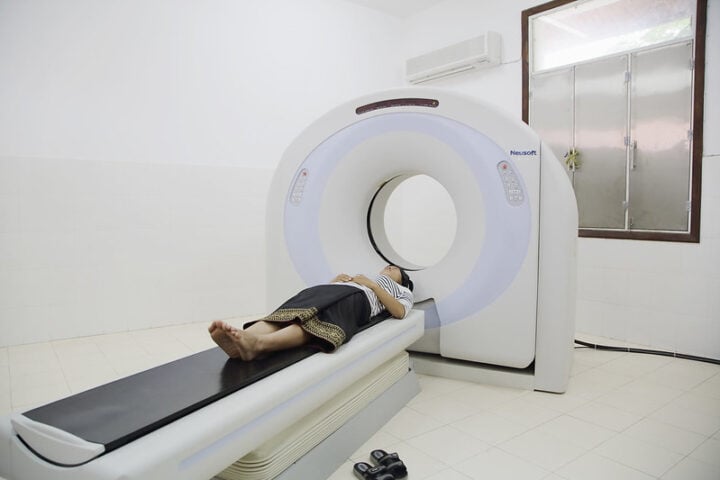Summer is heating up in Karnataka, but your favorite cool treats might be hiding dangerous secrets. Recent FDA raids exposed shocking food safety violations that might make you think twice before grabbing that next ice cream cone.
What’s Really in Your Summer Treats?
The Food Safety and Drug Administration Department (FDA) in Karnataka recently conducted inspections that uncovered alarming practices in local ice cream and cool drink manufacturing. Out of 220 shops inspected, 97 were issued notices for serious violations – that’s nearly half of all businesses checked.
“Inspections uncovered shocking violations — detergent powder was being used in ice creams to create a creamy texture, while phosphoric acid, which weakens bones, was found in cool drinks to enhance fizz,” a senior FDA official told The New Indian Express.
The two-day inspection specifically targeted products commonly consumed by children, focusing on local manufacturing units producing ice creams, ice candies, and soft drinks.
Dangerous Shortcuts Putting Health at Risk
The violations went beyond just detergent and acid. FDA officials found manufacturers cutting corners in multiple ways:
- Fake Milk: Instead of real dairy, manufacturers used “synthetic milk” made from detergent, urea (a component found in fertilizers), or starch
- Harmful Additives: Natural sugar was replaced with artificial sweeteners like saccharin
- Illegal Colors: Non-permitted dyes were used to enhance visual appeal
- Contaminated Water: Non-potable water was used in ice candies and cool drinks
- Excess Flavoring: Flavoring agents exceeded safe limits, often sourced from unapproved suppliers
The department imposed a total fine of Rs 38,000 on the manufacturers for these violations.
Similar Posts
Health Dangers You Should Know
Consuming products with these contaminants isn’t just gross – it’s potentially dangerous.
Detergent Consumption Risks:
- Immediate symptoms: nausea, vomiting, diarrhea
- Chemical burns in the mouth, throat, and stomach
- Respiratory issues if inhaled during consumption
- Long-term exposure can damage kidneys and liver
Phosphoric Acid Dangers:
- Interferes with calcium absorption
- Can lead to reduced bone density and increase osteoporosis risk
- Associated with kidney stones and kidney disease
- Contributes to dental erosion and tooth decay
Beyond Ice Cream: Restaurant Violations
The FDA didn’t stop at ice cream shops. They also inspected 590 restaurants, hotels, and messes, finding that 214 establishments lacked proper pest control measures. This led to a fine of Rs 1,15,000 on these eateries.
These findings suggest the problem extends beyond just ice cream and beverages to potentially affect a wide range of food services in the region.
Booming Market, Busting Safety Standards
The violations are particularly concerning given the explosive growth of India’s ice cream market.
According to the Indian Ice Cream Manufacturing Association (IICMA), consumption has quadrupled over the last decade. The market is projected to reach Rs 45,000 crore in the next three years and potentially Rs 90,000 crore within eight years.
“India has seen a fourfold increase in ice cream consumption over the past ten years. In fact, this sector is projected to reach Rs 45,000 crore in the next 3 years and more than Rs 90,000 crore in the next 8 years,” stated the IICMA.
This rapid growth makes effective regulation all the more important to protect consumers.

How to Protect Yourself and Your Family
While authorities work to address these violations, consumers can take steps to protect themselves:
- Look for FSSAI License Numbers: Check for the Food Safety and Standards Authority of India license displayed on products or at food establishments
- Choose Established Brands: While not foolproof, reputable brands typically have better quality control
- Be Suspicious of Unusually Low Prices: Extremely cheap products might indicate cost-cutting through substandard ingredients
- Check Cleanliness: Pay attention to the general hygiene of places where you buy food
- Report Concerns: If you suspect food adulteration, report it to local FDA authorities
Not an Isolated Incident
This isn’t the first food safety issue in Karnataka recently.
Frequently Asked Questions
Based on the FDA findings, consumers should be cautious about purchasing ice cream from small, unbranded local vendors in Karnataka. Nearly half of the inspected shops were found violating safety standards. Look for FSSAI-licensed establishments, check for cleanliness, and consider opting for established brands with better quality control processes until authorities confirm improvements in compliance.
Consuming contaminated products can cause immediate symptoms like nausea, vomiting, and diarrhea. Detergent can cause chemical burns in the mouth, throat, and stomach. Long-term consumption can damage kidneys and liver. Phosphoric acid found in adulterated cool drinks can weaken bones, contribute to kidney stones, and cause dental erosion. Children are particularly vulnerable to these health effects.
It’s difficult to visually identify harmful additives, but some warning signs include unusually low prices, artificial taste, excessive sweetness, unusual aftertaste, or abnormal texture. The safest approach is to purchase from FSSAI-licensed establishments, check for proper labeling including ingredients list, and choose established brands. If you notice unusual symptoms after consumption, seek medical attention and report to local FDA authorities.
The FDA in Karnataka has conducted targeted inspections of ice cream shops, cool drink manufacturers, and restaurants. They issued notices to 97 shops for serious violations and imposed fines totaling Rs 38,000 on manufacturers. They also fined 214 restaurants Rs 1,15,000 for lacking proper pest control measures. These inspections are part of ongoing efforts to enforce food safety standards, particularly for products commonly consumed by children.
While this specific report focuses on Karnataka, food adulteration issues have been documented in various parts of India. With the ice cream market quadrupling over the last decade and projected significant growth, maintaining safety standards is a nationwide challenge. Food safety concerns tend to be more prevalent in unregulated or small-scale production facilities across the country that may not adhere to FSSAI guidelines.
Synthetic milk is a fraudulent substitute for real dairy, created using a combination of detergent, urea (a component found in fertilizers), and starch. It mimics the appearance of real milk but contains no nutritional value. It’s particularly dangerous because detergent can cause digestive issues and chemical burns, while urea can damage kidneys with regular consumption. This fake dairy was found being used in ice cream production, posing serious health risks, especially to children.




